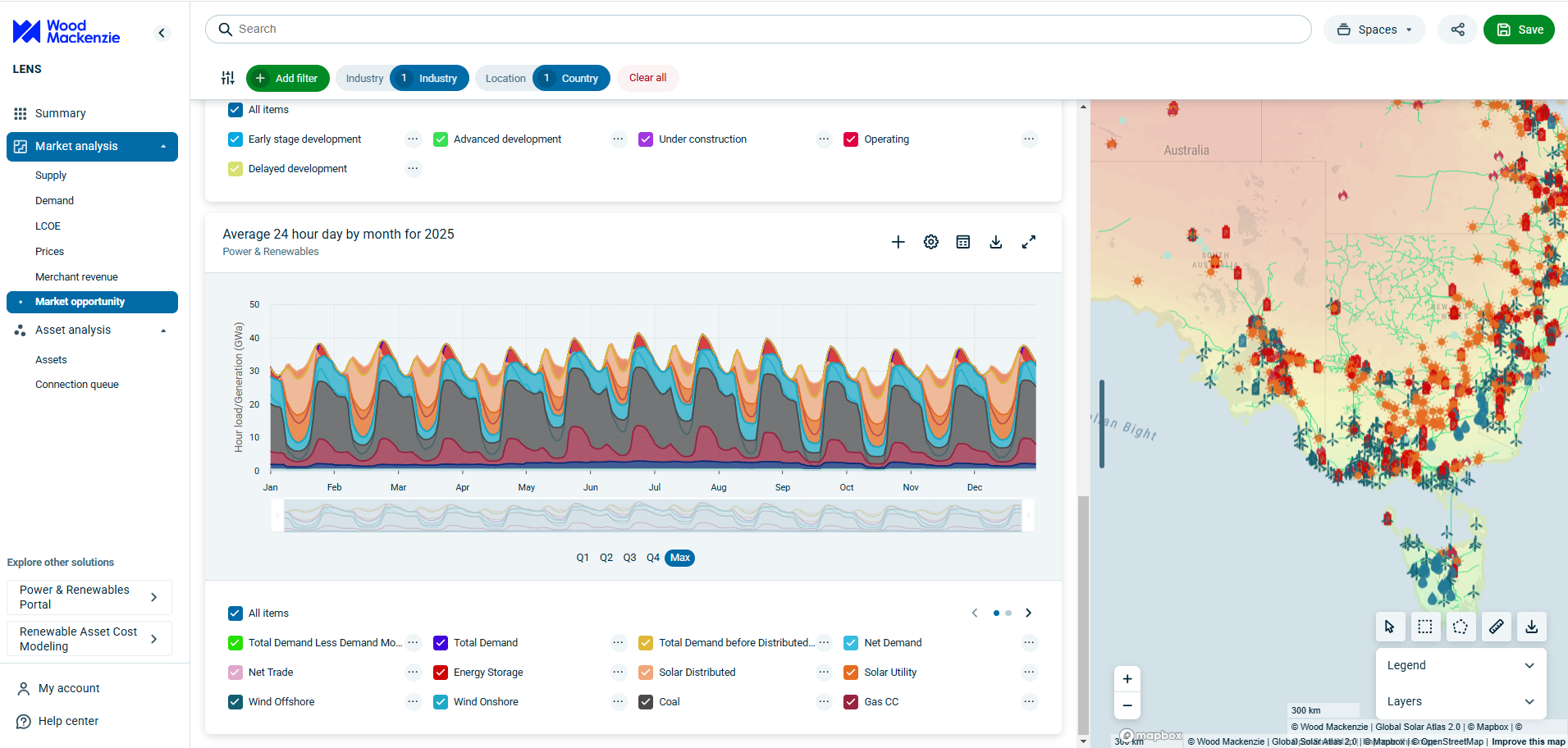Sign up today to get the best of our expert insight in your inbox.
How can the power industry meet the challenge of rising demand?
In a special live episode recorded at the American Clean Power association, we discuss how to meet America’s growing need for electricity
Ed Crooks
Vice Chair Americas and host of Energy Gang podcast

Ed Crooks
Vice Chair Americas and host of Energy Gang podcast
Ed examines the forces shaping the energy industry globally.
Latest articles by Ed
-
Opinion
Ceasefire in the Israel-Iran conflict
-
Opinion
The impact of the Israel-Iran conflict escalation on the global energy market
-
Opinion
EBOS: the unsung hero that’s accelerating clean energy deployment
-
Opinion
What the US attack on Iran’s nuclear installations means for energy
-
Opinion
How do we adapt to a warming world?
-
Opinion
What the conflict between Israel and Iran means for energy
If President Trump’s tariff strategy succeeds in sparking a revival in US manufacturing, one consequence will be surging demand for power. We are already seeing electricity demand starting to pick up after 15 years of stagnation, driven by new data centers for AI and a wave of factory-building for semiconductors and batteries that is already under way. How can the electricity industry increase capacity to meet that growing demand and provide the power that the country needs?
That’s the question for this special episode of the Energy Gang, recorded live in front of an invited audience at the headquarters of the American Clean Power association in Washington DC. Host Ed Crooks talks to Chris Shelton, the Chief Product Officer at AES, Travis Kavulla, the Vice-President for Regulatory Affairs at NRG Energy, and MJ Shiao, the Vice President of Supply Chain and Manufacturing at American Clean Power.
They discuss whether electricity demand growth is really happening, which technologies are best placed to provide new supply, and who will end up paying for the investment needed to increase capacity. The Trump administration’s focus has been on “baseload” power, particularly new natural gas power plants. But there are reasons why they cannot be a complete solution. Renewable energy and battery storage also have important roles to play.
The group also assess the impacts of changing energy policies under a Republican administration and Congress. What will be the fate of tax credits for low-carbon energy under the Inflation Reduction Act? And will moves to expedite permitting and environmental approvals make it easier to build all kinds of new infrastructure, including power and energy facilities, in the US?
Let us know what you think. We’re on X, at @theenergygang. Make sure you’re following the show so you don’t miss an episode – we’ll be back in two weeks, Tuesday morning at 7am eastern time.






